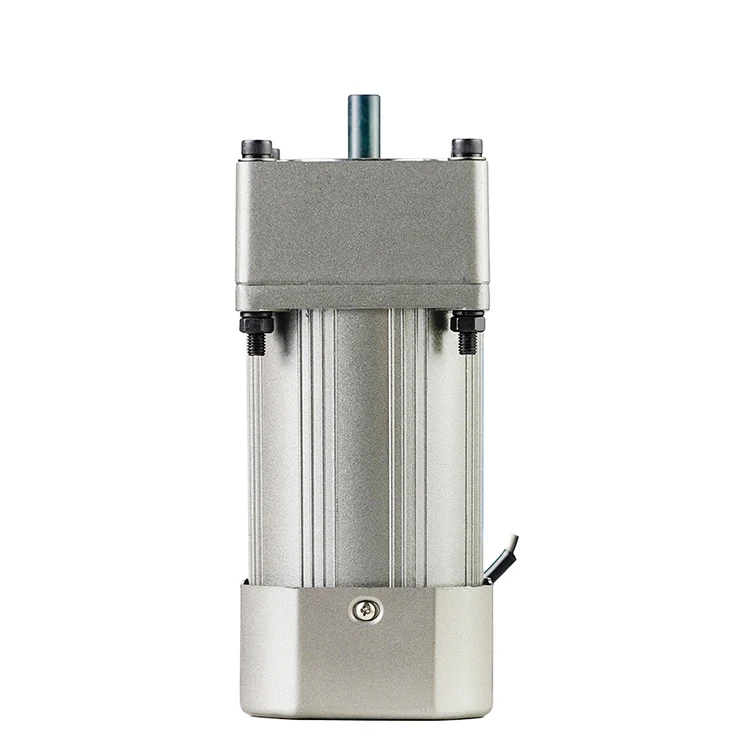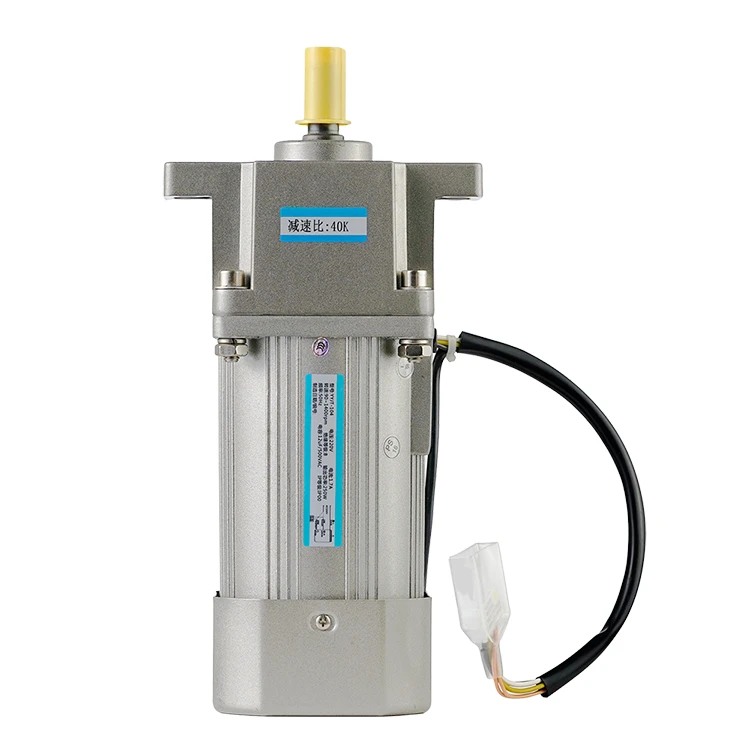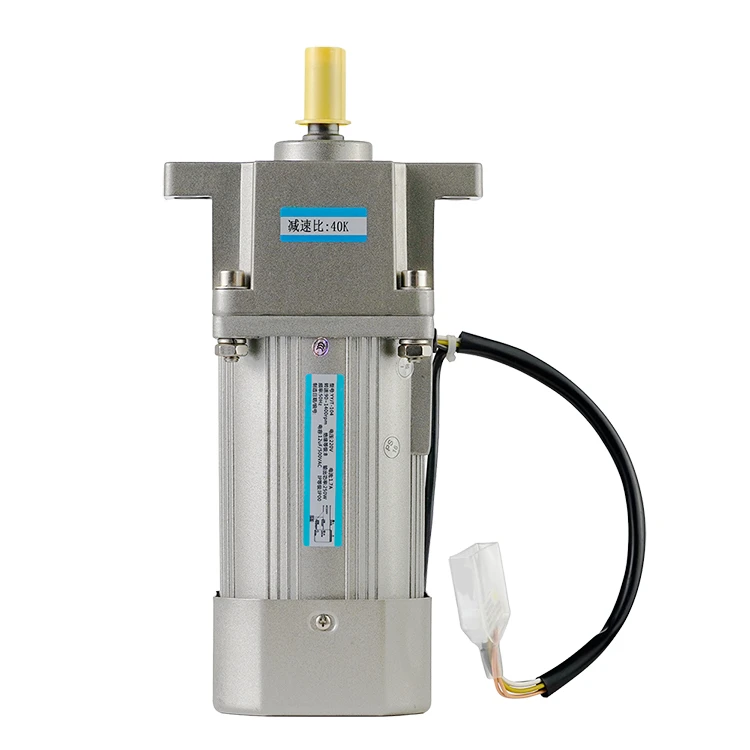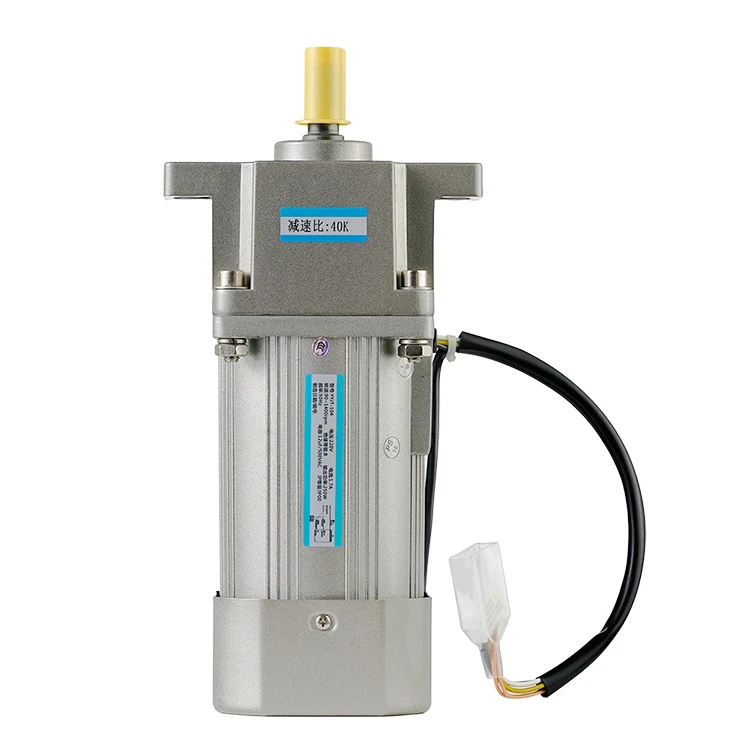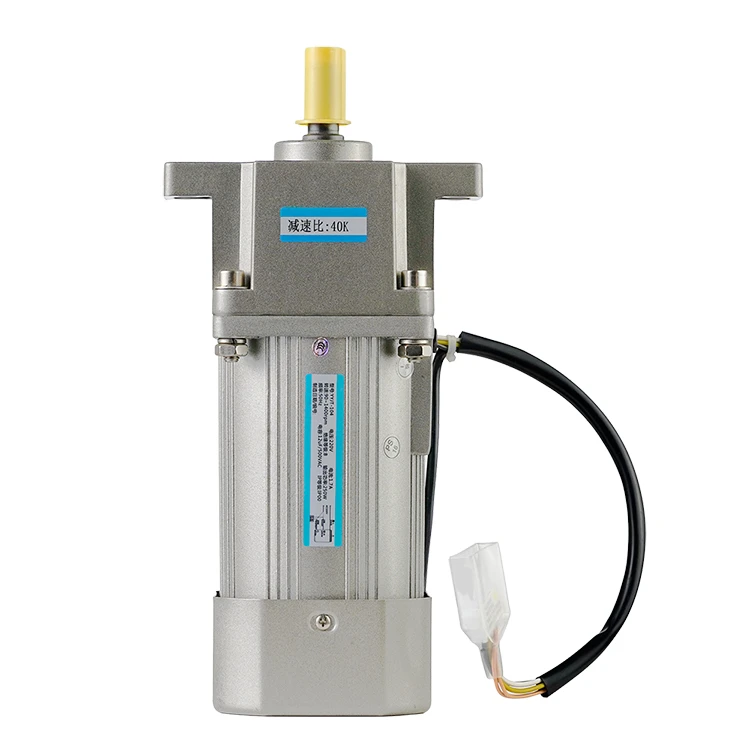How fast is a step motor?
2023-03-24 11:42:42
A step motor, also known as a stepper motor, is a type of electric motor that rotates in small, precise steps. This makes them ideal for applications where precise positioning is required, such as in printers, robots, and CNC machines.
The speed of a step motor is typically measured in steps per second or in revolutions per minute (RPM). The step frequency of a step motor is determined by the number of steps it takes to complete one full rotation, and the speed at which these steps are taken. The number of steps required for one full rotation can range from 200 to 400, depending on the motor design.
Factors affecting stepper motor speed
- The maximum speed of a step motor is limited by several factors, including the voltage and current supplied to the motor, the number of steps per revolution, and the design of the motor. In general, a step motor can rotate at speeds up to several hundred RPM, but the precision of the rotation decreases as the speed increases.
- The speed of a step motor can be controlled by adjusting the frequency of the pulse signals sent to the motor. This allows the motor to rotate at a specific speed, making it possible to perform precise movements with high accuracy. The speed of a step motor can also be controlled by changing the voltage supplied to the motor, although this method is less precise and not as commonly used.
Conclusion
In conclusion, the speed of a step motor is determined by several factors, including the number of steps per revolution, the voltage and current supplied to the motor, and the design of the motor. The speed can be controlled by adjusting the frequency of the pulse signals sent to the motor, allowing for precise and accurate movement. Despite the limitations, step motors are a popular choice for applications that require precise positioning and control.
See What Lunyee Can Do For You
Contact Us
- 8619149417743
- +86-0371-5562 0274
- [email protected]
- Zhengzhou, Henan Province, China
- Mon-Fri: 9:00 - 18:00
